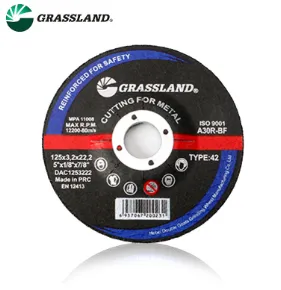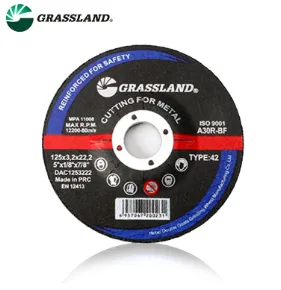

In contrast, stainless steel tools, known for their toughness, require gradual sharpening with finer grits, potentially starting at 100-grit, to avoid overheating and preserving the metal's properties. Metallurgists often validate this approach, emphasizing the importance of retaining the alloy's strength while achieving the desired sharpness. Authority in Flap Disc Technology Manufacturers continually innovate in flap disc technology, focusing on enhancing abrasive lifespan and reducing heat generation. Industry leaders introduce ceramic alumina grains, celebrated for their longevity and effectiveness, especially valuable in sharpening scenarios where maintaining grit integrity is paramount. By selecting products that undergo rigorous testing and adhere to international standards, users can trust in the quality and performance of flap discs. Trust and Safety Considerations When using flap discs for sharpening, safety and user trust remain pivotal. Ensuring that the grinding and sharpening process adheres to safety protocols can prevent accidents and ensure a safe working environment. Wearing appropriate protective gear, such as gloves and eye protection, while using flap discs safeguards against common mishaps like flying debris. Users frequently emphasize trust in well-reviewed brands, noting their consistent product performance and adherence to safety guidelines. This trust is essential in a domain where tool condition directly influences craftsmanship and productivity. Conclusion Flap disc grit selection for sharpening is a nuanced process requiring understanding of the tool type, material, and intended sharpness. By adhering to insights from experienced practitioners and expert recommendations, users can optimize their sharpening processes, enhancing tool performance and longevity. Flap discs, with their versatility and efficiency, stand as a testament to innovation in tool maintenance, ensuring users achieve exacting results with ease and safety.
Post time:Feb - 19 - 2025

















